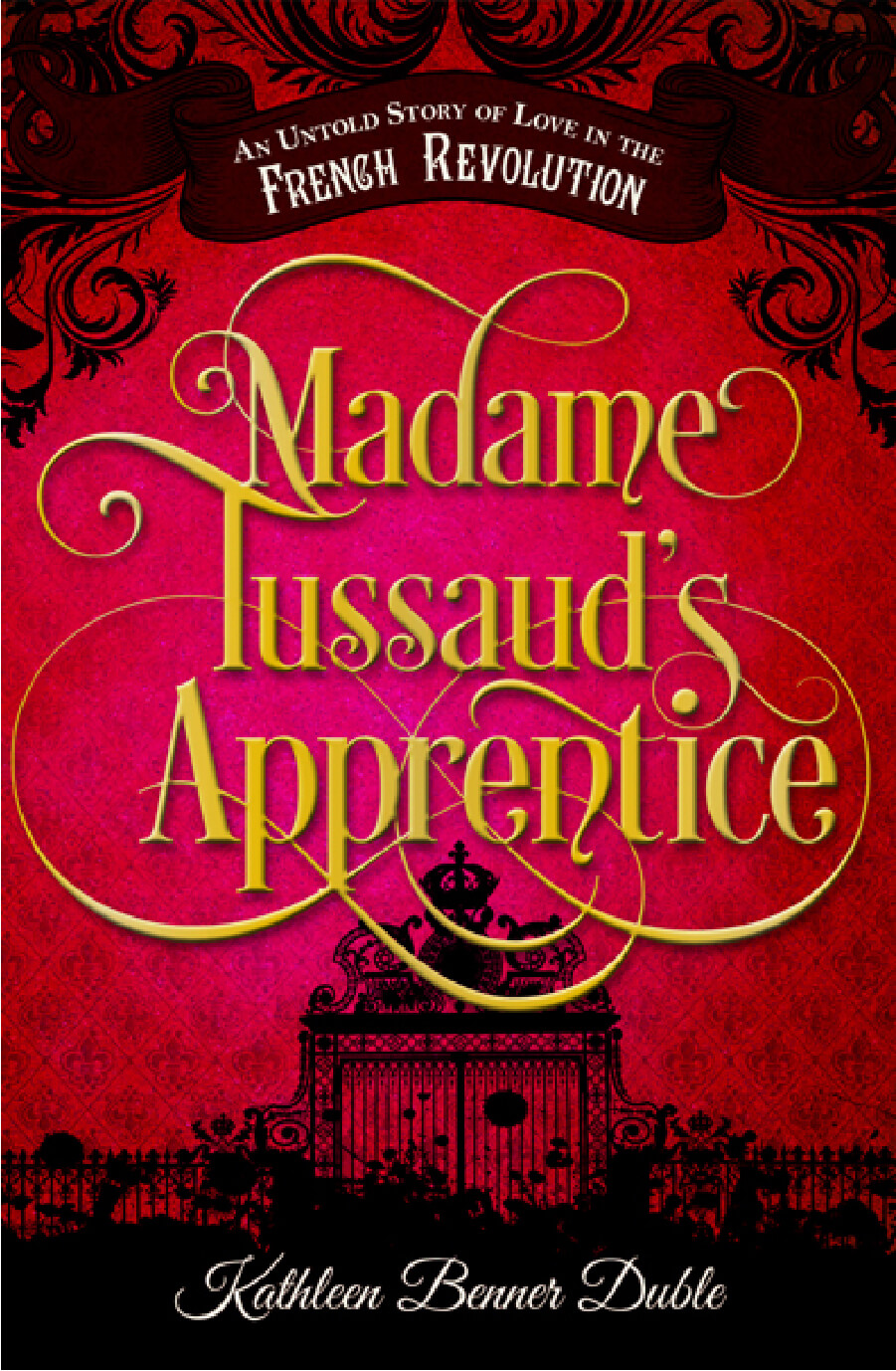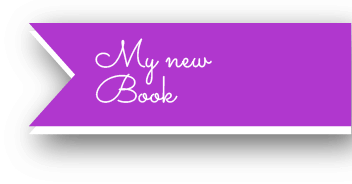Book Info: Madame Tussaud’s Apprentice
Publisher: Merit Press, Fall 2014 - Alma Press, UK, 2015
Age group: 12-17
Jacket illustration: Frank Rivera
Genre: Historical Fiction
To buy this book

Discussions and Activities:
Madame Tussaud’s Apprentice
SOCIAL STUDIES:
- Discuss the ways in which these various types of government function and how they can be successful or detrimental to the needs of the people: monarchy, democracy, communism, oligarchy, fascism, totalitarianism, and dictatorship.
- Examine other countries where a power vacuum has been created due to the fall of a leader. Some examples might be: The murder of Tsar Nicholas and his family in Russia; the capture of Saddam Husseinin Iraq; the fall of Emperor Pu Yi in China; the assassination of John F Kennedy in Texas; the death of Tito in Yugoslavia. How did stabilization occur or not occur in these countries? What lesson can be obtained from these transitions of power?
HISTORY
- The French Revolution fell right on the heels of the American Revolution. Discuss ways in which the Americans might have inspired theFrench to believe in self-government. How were the revolutions similar? How were they different?
- King Louis XVI and his family were brought to Paris in the summer of 1793 but their executions didn’t take place until the summer of 1794. Why do you think the French Revolution and the deposing of a king took such an enormous amount of time to play out?
- What other factors, in addition to the people’s unrest, led to the French Revolution?
MATH
- The National Assembly changed the calendar and the process of telling time in 1793. Research how this new calendar and way of telling time worked and why eventually both were suspended.
- Consider and discuss how economics have affected other revolutions: Russian, Chinese, Cuban, Iranian, American. What is the lesson to be gained from considering the state of the economy prior to these past events?
SCIENCE
- The guillotine was considered a more humane method of execution than beheading by the sword. Discuss the science of execution then and now? How have we advanced in this process or do you feel no progress has been made?
- Discuss how the drought of 1788 might have affected the flames of revolution and what other world uprisings were due in part to weather related conditions.
ARTS
- Why do you think a wax works house was so popular in 1792? Compare their popularity and relevance to society then and now? What forms of art most express society’s needs these days and why is that?
- How has the process of making wax figures changed since 1792?


